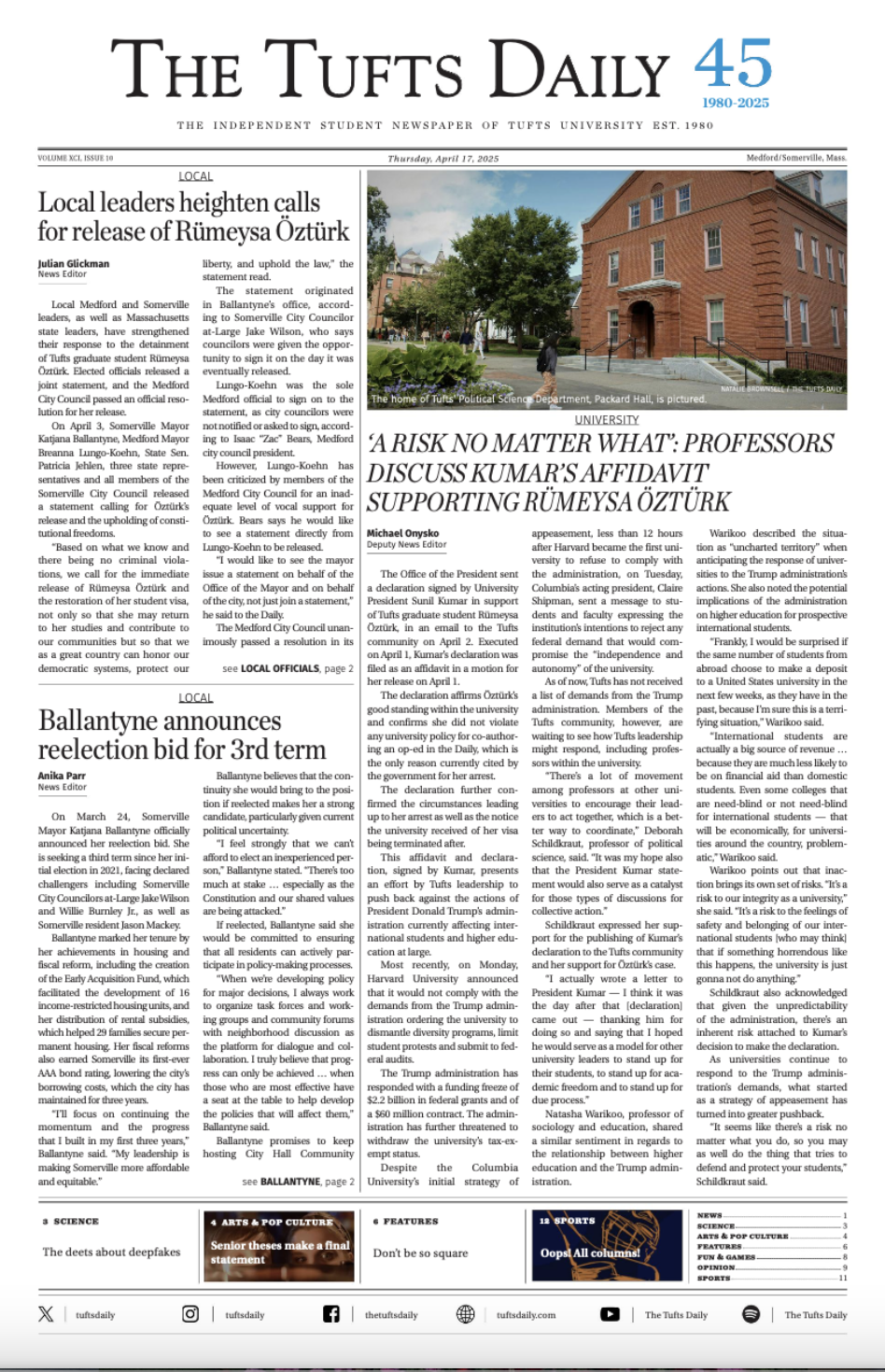Inflation is the economic concern that a dollar today will be worth less than a dollar tomorrow. As time goes on, the value of money tends to inflate. Remember when Snapple cost $1.25 and you could get a Snickers for 50 cents? Those were the good days. Now I’m dropping $3.00 on candy every week.
Thanks to inflation, the dollar that you earned 10 years ago by doing chores or letting your dad “rest his eyes for a few minutes” is worth less than the dollar you earn today. It’s still the same physical piece of currency, and nominally speaking $1.00 in 2004 is the same as $1.00 in 2014. But it’s also not.
One dollar 10 years ago could get you more than a dollar could today. That’s inflation.
Inflation in the U.S. tends to average around two percent annually -- in other words, $1.00 in 2013 has the same buying power as $1.02 today.
Inflation is generally measured using a “market basket” -- commonly purchased items like milk, eggs, that J.Crew Gingham shirt and a blender. If those goods cost $100 last year and $105 this year, inflation is five percent.
If you know that the value of your dollar will decrease over time, you have two options: invest it, and hope that its returns outpace inflation, or spend it. In other words, use it or lose it.
Some inflation is good for the economy. The expectation that money will lose value over time actually does stimulate investment, as well as encourage consumers to spend now.
The Federal Reserve -- which manages the supply of money and holds the most relevant policy tools for controlling inflation -- actually has an inflation target of two percent. Though the year-to-year rate fluctuates by a few points, most developed economies tend to average between 1.5 and three percent inflation.
So inflation is actually a good thing, in a roundabout capitalist sort of way. But what if inflation exceeds that two percent range, or goes negative?
Though some inflation is good for the economy, too much can lead to serious problems. Anything higher than a few percentage points makes it difficult for both businesses and consumers to plan for the future. If pizza boxes cost $1 each today and a pizzeria factors that cost into its daily expenses, its business will suffer if the price suddenly jumps to $1.50. Not only is it more expensive, but it hurts the pizzeria’s ability to save and plan ahead.
At the end of World War I, the Weimar Republic faced a period of “hyperinflation” -- which is exactly what it sounds like -- that crippled the German economy. In an attempt to pay off its post-war debts, the government literally began to print money. Since the debts were denominated in the German mark, this strategy actually worked for a few months. And then it went horribly, horribly wrong.
In just nine months, a basket of basic food items went from 370 marks to 2,615 -- an inflation rate of over 700 percent. People began to carry literal wheelbarrows full of paper marks to the grocery store, and the hyperinflation didn’t end until the Weimar Republic completely scrapped the mark all together.
On the flip side, deflation -- the expectation that your money will actually increase in value over time -- can cripple an economy just as easily. Japan -- which has faced deflation of up to 2.5 percent -- has seen investment and economic growth slow to a crawl as consumers simply refuse to spend. Why buy today when your yen will be worth more tomorrow?
The Fed’s two percent target is inflation’s sweet spot: not too much, not too little, just right. It’s the Goldilocks of inflation rates.
So invest, spend and please, for the love of god, will someone please buy me a Snickers?
More from The Tufts Daily
Full Court Press: MLB is striking out on DEI
By
Noah Goldstein
| April 18
A Jumbo’s Journey: A reminder
By
Ben Rachel
| April 18





